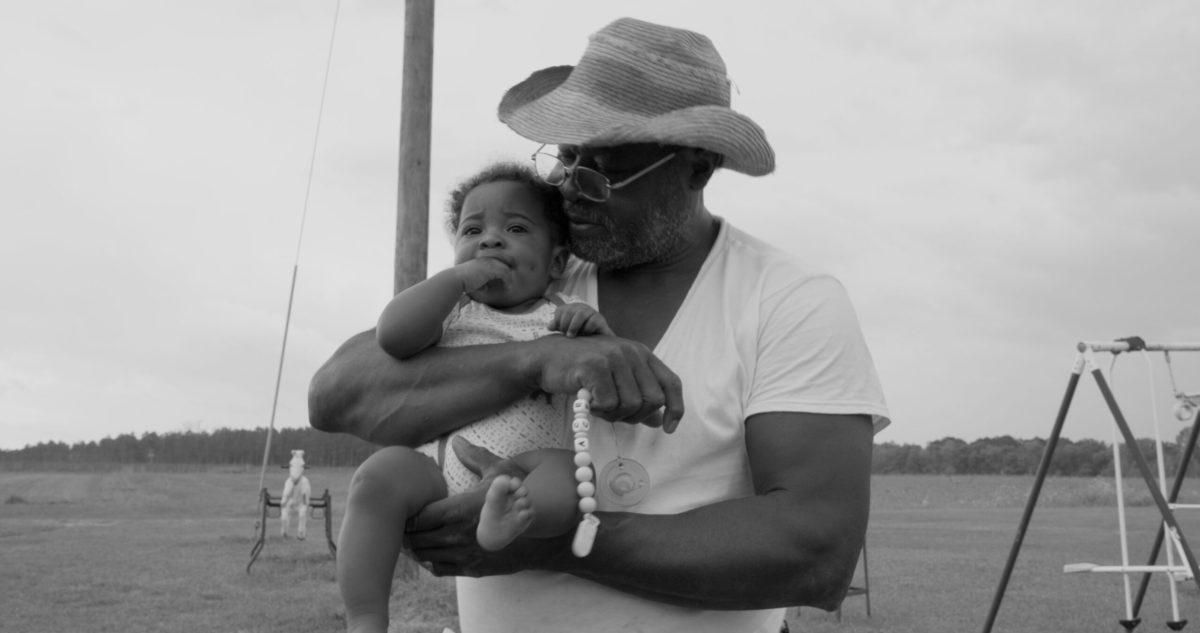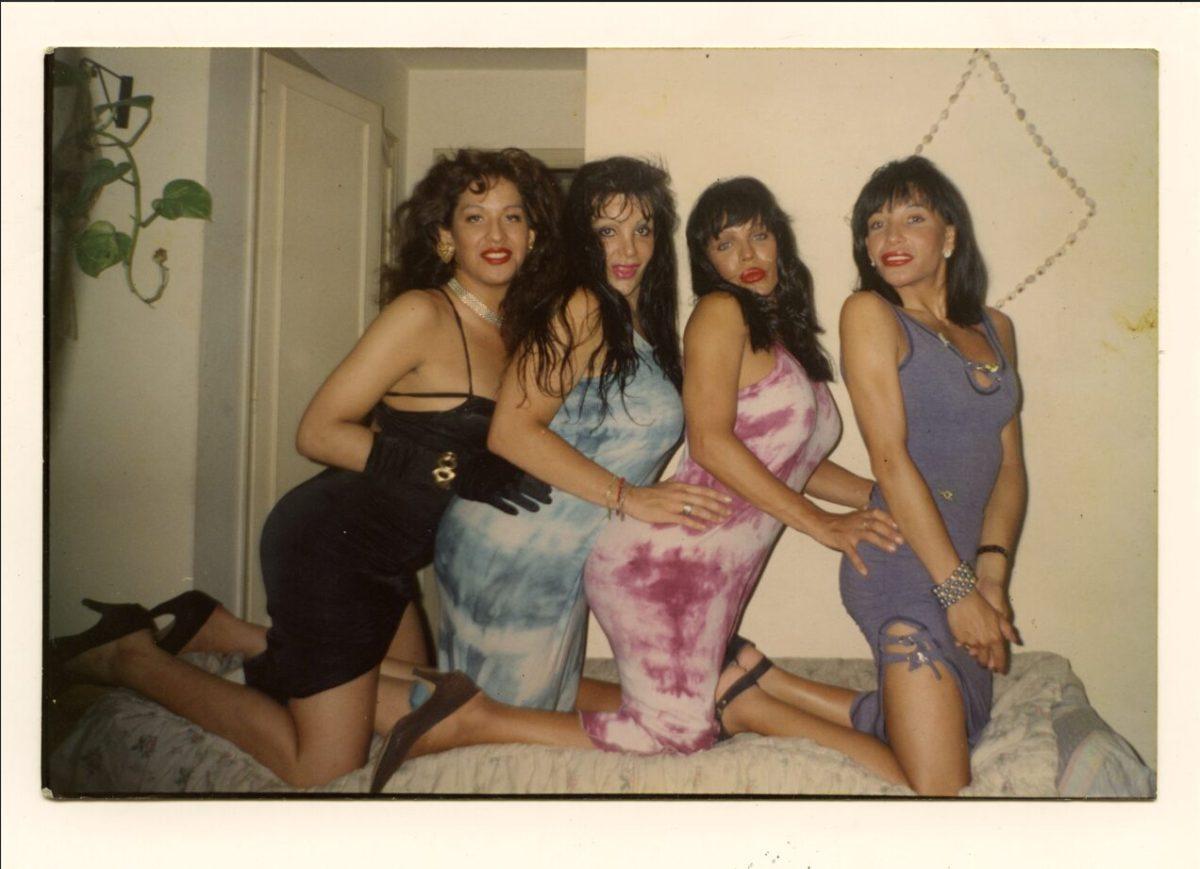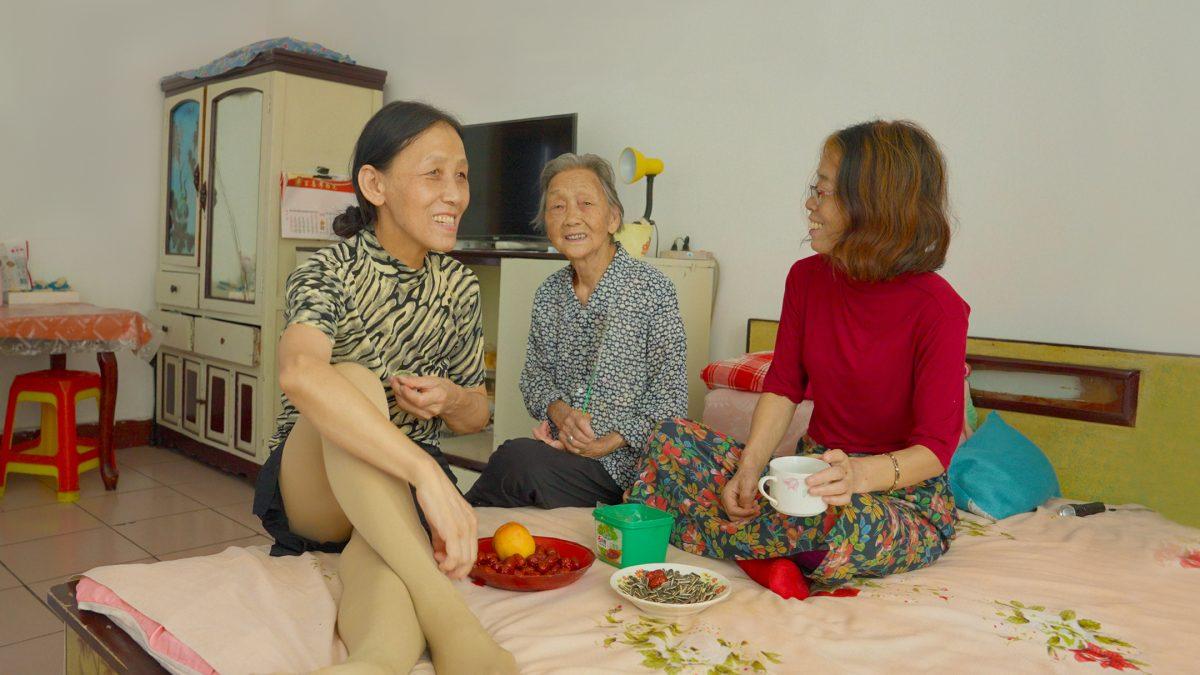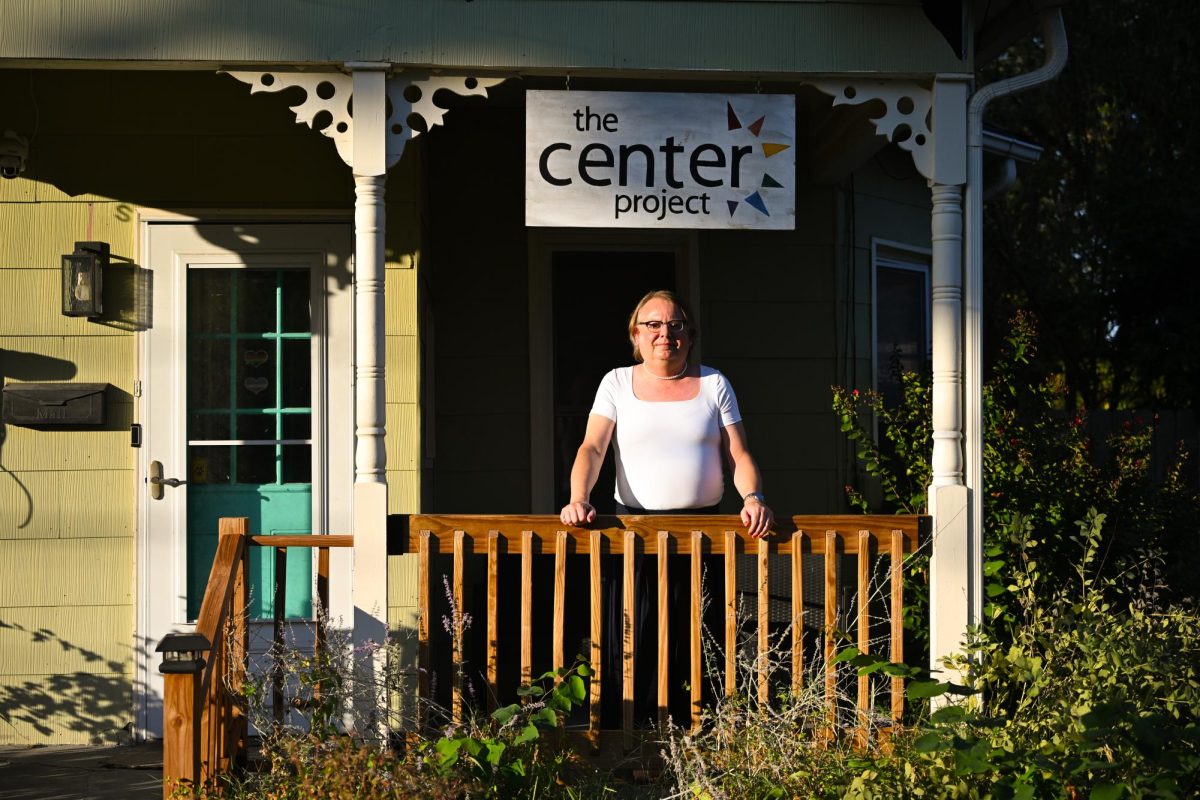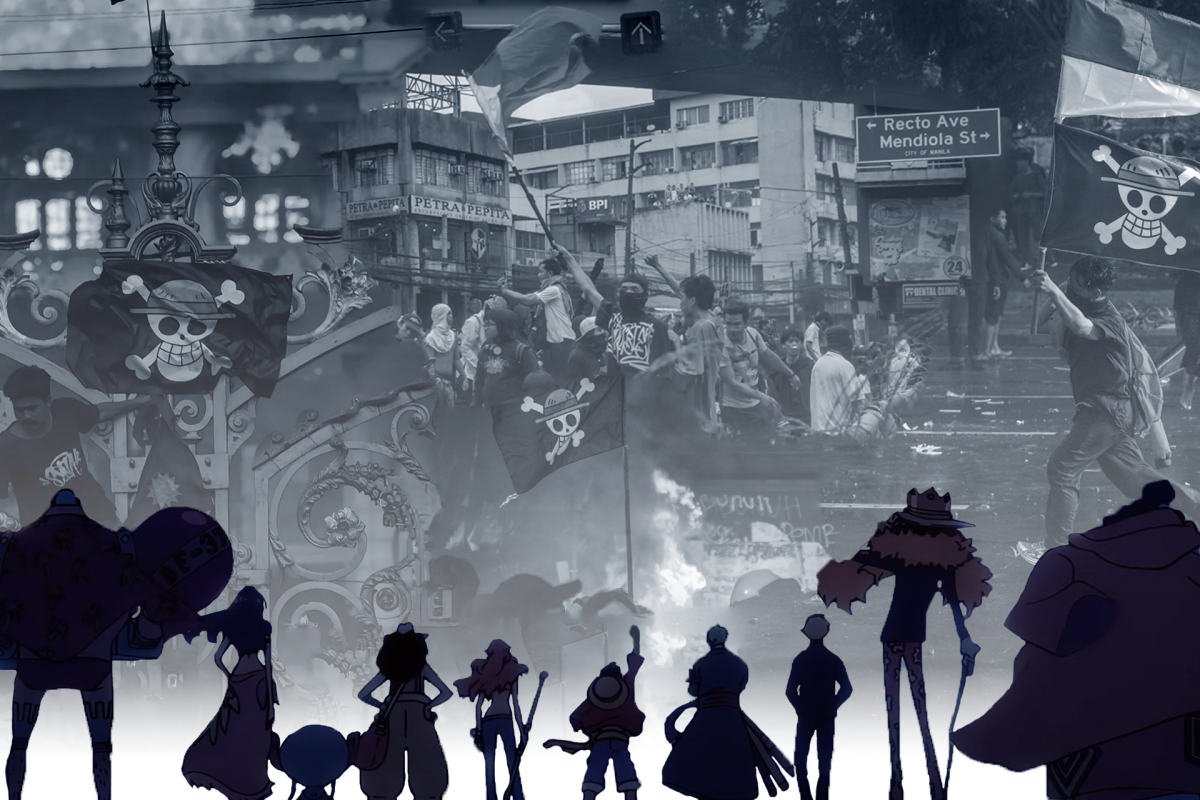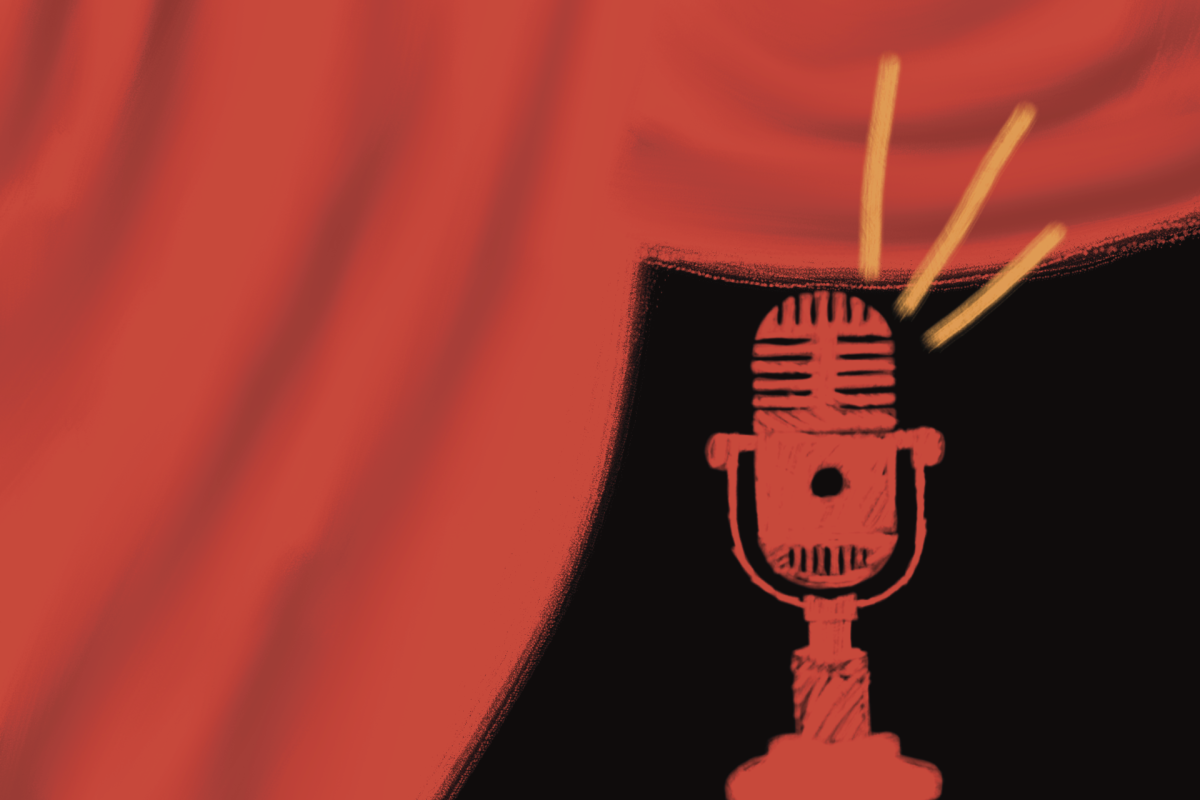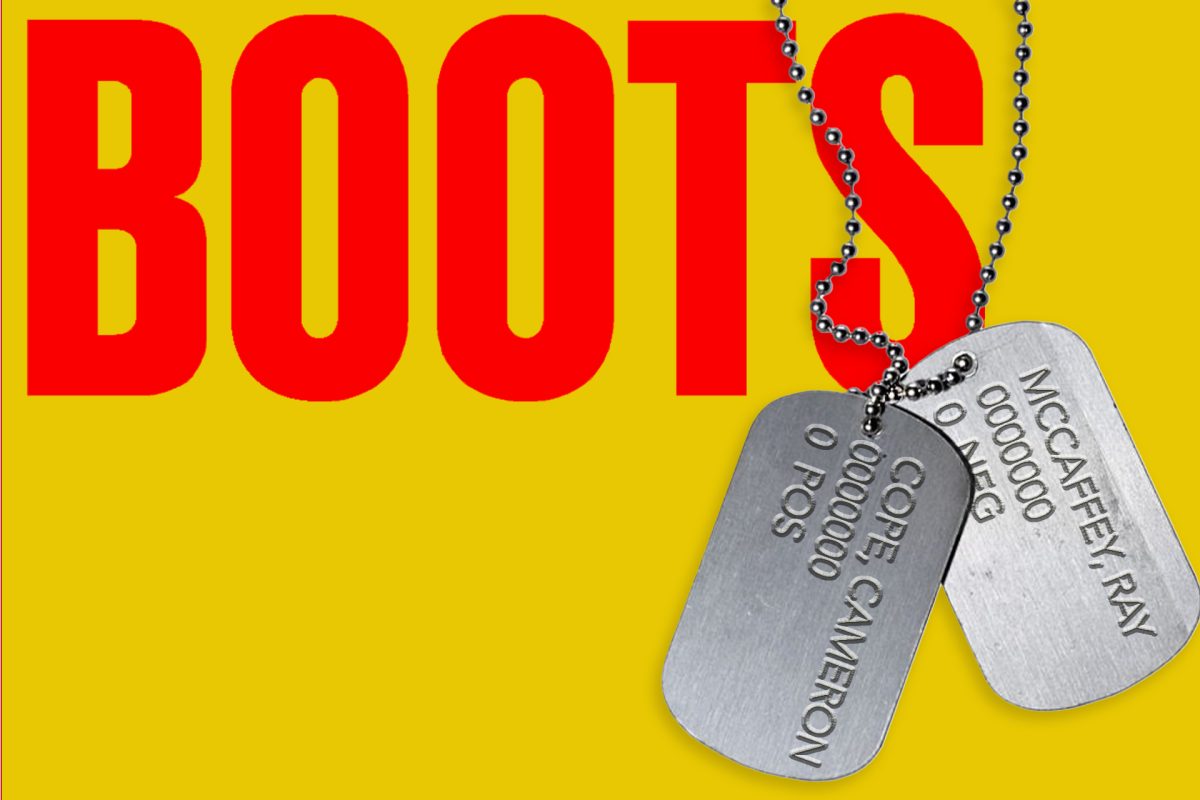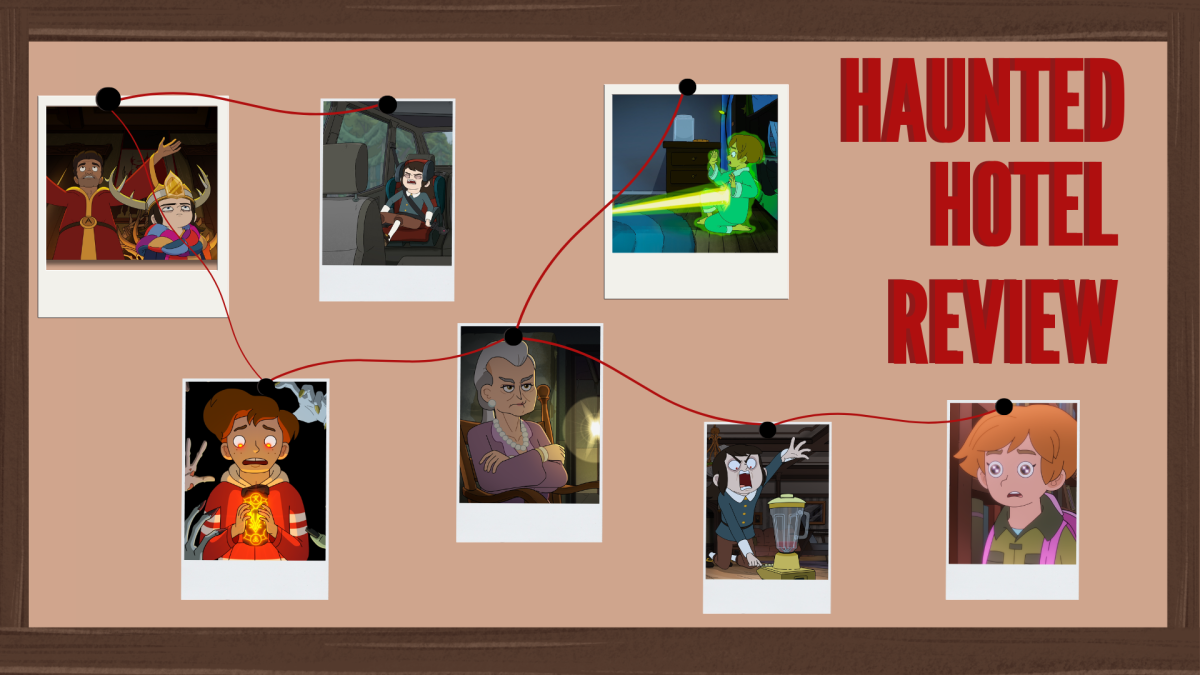Despite its abrupt ending, “Writing Hawa” is unique in its transparent demonstration of futures cut short for many Afghan women
What started as a documentary following a mother’s business venture ends up being a heart-wrenching story of a family separated and the oppression from the Taliban’s rule faced by people in Afghanistan.
In its abrupt ending, Najiba Noori’s “Writing Hawa” reflects the interrupted and unfulfilled lives of many women in Afghanistan, leaving the viewer with the same sense of loss that the filmmaker experiences.
The film opens with a plane touching down in France in 2021. Najiba narrates herdecision to leave Afghanistan — a choice that felt both sudden and impossible. Her voiceover acknowledges the disappointment of not being able to complete the documentary as planned. This dissatisfaction establishes a motif of unfinished stories and unfulfilled desires, which echoes throughout the film.
The audience is then taken back in time to begin the story as originally intended. Hawa, Najiba’s mother, was married off at 13 years old to a man nearly three times her age. Powerless to resist her family’s wishes, she had no choice but to move to Kabul with him. After having six children and caring for a husband affected by dementia, Hawa finally expressed to her children the stagnant frustration she had with her life.
Najiba extends incredible depth to the complex relationship between mother and daughter, recognizing the humanity behind the maternal role. Through the lens of a filmmaker, she remains objective in her portrayal and allows Hawa’s voice to take center stage. It’s not simply her mother she is documenting; it’s a woman with dreams, disappointments and the quiet strength to want more from life.
As the film progresses, Hawa embarks on her long-anticipated journey of starting a textile business. She meets with fabric suppliers, hires sewists and selects materials while beginning her most personal goal: learning how to read and write. As her son takes her to the bookstore, Hawa excitedly selects children’s books to practice her developing skills.
A particularly jarring scene forces the audience to confront Hawa’s missed opportunities with Hawa’s grandchildren, who are around 10 years old, giving her a spelling quiz in a bittersweet moment.
They test her, grading her like a teacher would a child. This reversal of roles — the image of her young, male grandchildren educating their grandmother — is a harrowing commentary on the generational disparities in access to knowledge. It’s an unsettling but necessary visual, highlighting the ingrained inequities that women and girls in Afghanistan have endured for decades.
This scene depicts the tragedy of a woman whose life was placed on hold — her grandchildren, although two generations younger, are already fluent in skills she is just beginning to grasp. The audience is left reflecting on how much potential was squandered, how much progress was withheld and how profoundly Hawa’s story resonates with the countless women who, despite their age or circumstances, continue to fight for the opportunities they were never granted.
Visually, the film employs subtle but powerful techniques to underscore Hawa’s personal growth. Shots of Hawa walking ahead of Najiba and her sons, leading rather than following, symbolize her newfound sense of agency.
For much of the film, Hawa is seen as dependent on her family, bound by duty and circumstance. But as she walks ahead, it’s a quiet assertion of her independence, a glimpse of the life she could have lived if not for the forces that constantly pull her back.
This visual motif contrasts with the ultimate reality that, despite these steps toward liberation, external forces like the Taliban and societal expectations continue to hinder her autonomy.
During a trip to meet with some potential business partners, a new family member is introduced: 13-year-old Zahra, daughter of Najiba’s sister Fatima who divorced Zahra’s abusive father 12 years ago. Unfortunately, Fatima lost custody and was prohibited from ever seeing her daughter.
Zahra is reintroduced to her mother’s side of the family after running away from her father. Being unable to safely and financially care for her daughter, Fatima sends Zahra to live with her grandmother in Kabul.
The film frames Zahra as an extension of Hawa, and it’s clear that Hawa sees herself as the young girl — a reflection of the adolescence that was stolen from her by early marriage. Hawa resolves to enroll Zahra in school, hoping to offer her some semblance of control over her own life, something Hawa never had.
As preparations for Zahra’s schooling are made, Najiba documents intimate scenes of Hawa and Zahra shopping for books, clothes and jewelry. This illustrates the profound efforts to provide Zahra with an opportunity that transcends the limitations placed on women and girls in their society.
This montage beautifully captures the generational contrast: three women, spanning three generations, walking together at different stages of life, yet facing starkly different realities.
Hawa, who had her youth taken by the expectations of marriage and family, desperately tries to give Zahra the freedom to choose her path. Zahra, still on the precipice of her future, stands at a crossroads where hope and oppression collide. Najiba, the journalist who was able to obtain some independence, observes this dynamic — an intermediary between her mother and niece — witnessing their struggles as she documents the legacy of sacrifice and suffering that has been passed down.
The clips are layered with symbolism. Hawa’s attempts to provide Zahra with education and autonomy are not just a gift to her granddaughter, but also a means of reclaiming her lost youth through Zahra. The tragic undercurrent of their realities becomes painfully clear as the geopolitical state of Afghanistan looms in the background.
With the United States withdrawing its troops from Afghanistan and the resurgence of the Taliban, Zahra’s chance at a better life slips away. Lacking any legal claim over her, Hawa is forced to send Zahra back to her abusive father. It’s a devastating blow: another future stolen, another dream cut short.
As Zahra receives the news, the camera captures her silent devastation, tears streaming down her face as the weight of their loss. There will be no school, no freedom and no hope of escape for Zahra. This shot is an emotional echo of an earlier moment when Hawa, upon learning of Zahra’s suffering, silently wept for her granddaughter.
In these parallel shots, we see how their lives are tragically intertwined, bound by a shared circumstance that neither can escape. Both women are victims of the same oppressive forces. Though they are members of different generations, they face the same unrelenting oppression.
The audience is left shattered by the crushing realization that, for women like Hawa and Zahra, the ability to choose one’s own path is not a distant dream but more often than not, an impossibility as the world continually denies them agency.
As Zahra departs, Hawa is left to push forward with her efforts, continuing to grow and progress in her learning. However, the looming threat of the Taliban becomes an ever-present force, shifting from a shadow of doubt into a tangible, inescapable obstacle.
The film, once filled with hope for Hawa’s business and educational futures, takes a sharp and sudden turn. In a quick opportunity, Najiba manages to flee from Afghanistan, boarding a plane to France. This abrupt departure severs her from her family and the documentary project into which she had poured so much of herself.
In a desperate effort to continue filming, Najiba enlists the help of her brother, Ali, to document what remains of Hawa’s story. As the Taliban’s grip on the country tightens, Hawa’s dreams, like those of countless other women and girls, begin to slowly but inevitably wither. Violence escalates, with schools and women’s rights protests becoming targets of bombings. Even Ali faces the Taliban’s brutality, as he is severely beaten when they discover his camera, forcing the filming to halt almost entirely.
What the U.S. had spent two decades and countless lives attempting to achieve, including some semblance of rights for Afghan women, was undone in mere months. The future that seemed so close, so within reach, for women like Hawa and Zahra, was pulled away before it could fully take root.
What’s especially crushing comes when Najiba’s family loses contact with Zahra, only to receive news that she has been married off. This revelation, shattering for both the audience and Najiba’s family, becomes emblematic of a wider, systemic tragedy: one in which entire generations of girls and women have their futures stolen.
The final scenes, filled with uncertainty as the Noori family attempts to flee to Iran, echo the broader uncertainty faced by millions of women and girls in Afghanistan. These last few moments leave the audience with a deep, suffocating sense of inevitability. The ending, though jarring, provides viewers with a haunting question: how many more stories like Hawa’s will remain unfinished? This lack of closure is not a flaw but a powerful statement on the disrupted lives of countless women.
Edited by Mikalah Owens | [email protected]
Copy edited by Natalie Kientzy | [email protected]
Edited by Emilia Hansen | [email protected]
Edited by Emily Skidmore | [email protected]




